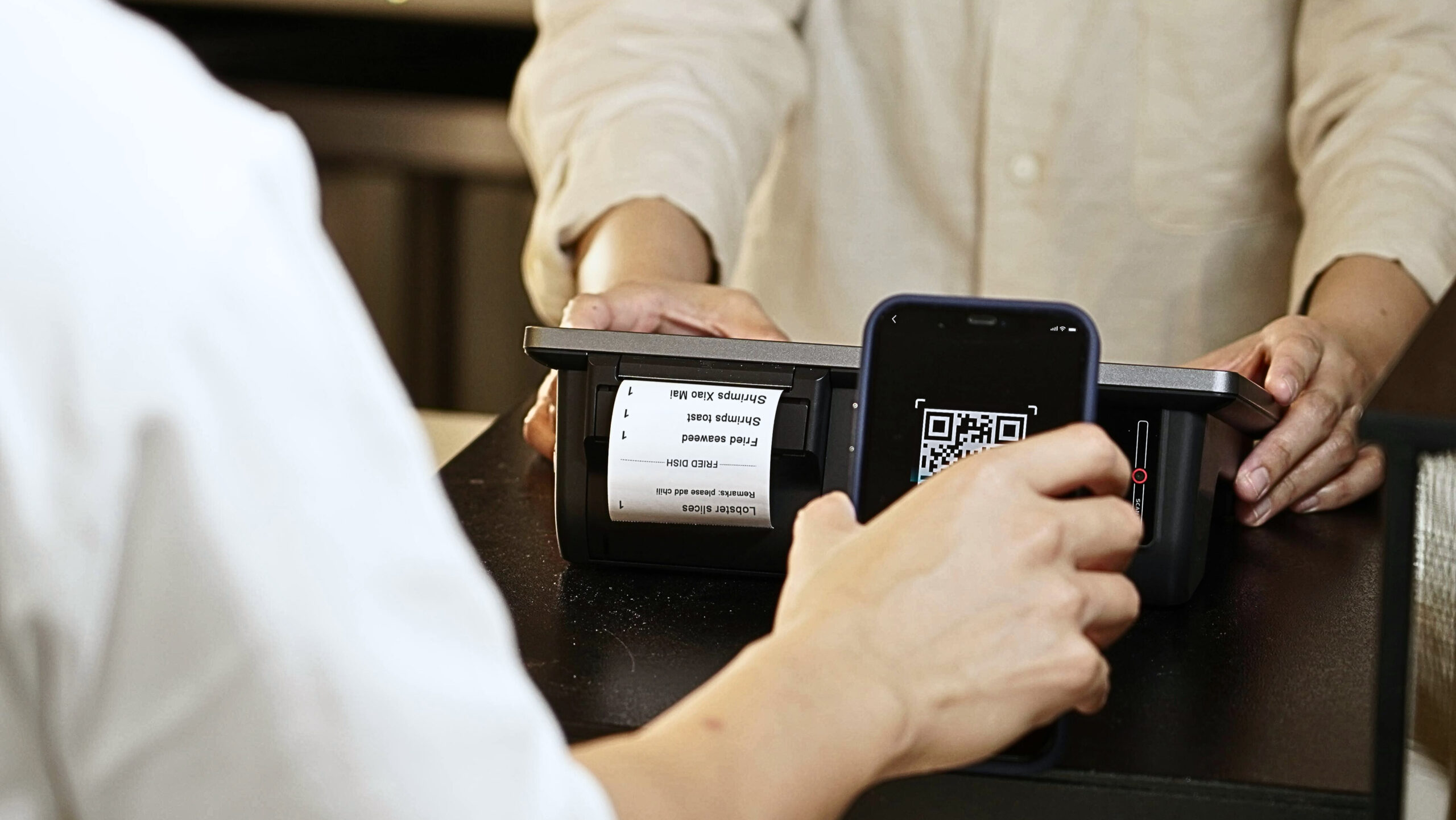Over the years, we’ve worked side by side with seniors on Medicaid in California, helping them enroll in free phone programs like California Lifeline. While these plans are promoted as “free,” we’ve learned firsthand that there are often hidden fees and charges that catch people off guard.
Through our online program, we don’t just help seniors get their phones—we also prepare them for the costs that might come up. From activation fees to monthly taxes and usage caps, we’ve found that understanding these details upfront can save seniors from unexpected surprises and financial stress.
Key Takeaway
- California free phone plans often include activation fees, monthly taxes, and potential overage charges.
- Phones are typically locked to the provider’s network, and replacement costs may arise.
- We guide seniors through these details so they can confidently use their devices without hidden surprises.
Activation Fees: The First Charge You Might Seep
Credits : Senior Benefit Solutions
We’ve noticed that some Lifeline providers charge a one-time activation fee, usually around $20. While some providers may waive this fee, it’s not guaranteed. We’ve had seniors surprised by this cost when they expected everything to be free.
To help prevent confusion, we make sure to explain this potential charge upfront during the sign-up process. Here’s how we assist:
- Clear Communication: We inform seniors about the activation fee before they sign up. This way, they know what to expect.
- Budget Planning: Knowing about the fee ahead of time helps seniors plan their budgets. This prevents any unexpected expenses.
- Choosing Providers: We encourage seniors to ask providers about any fees. Some may offer plans without activation charges.
By addressing this issue early, we help seniors avoid surprises. Understanding activation fees is part of staying informed about their options.
Staying aware of these charges allows seniors to make better financial decisions and enjoy their new service without worries.
Monthly Taxes and Regulatory Fees: Small but Real

Credits : Pexels.com (Photo by Cristian Rojas)
One of the most common charges we’ve seen is monthly taxes and regulatory fees that users must pay. These fees, imposed by federal, state, and local governments, include:
- Federal Universal Service Fund fee: This supports phone service in rural areas and for low-income families.
- California Public Purpose Program fee: This funds programs that benefit the public, like energy efficiency and telecommunications.
- 911 emergency fees: These help maintain emergency services so you can reach help when needed.
- Local utility taxes: These are fees charged by your local government for using phone services.
These charges typically range from 5to5to13 per month, depending on the provider and location. While they are relatively small, we remind seniors that these costs are unavoidable.
It’s important to budget for them. By planning for these expenses, seniors can avoid surprises on their bills. Staying informed about all potential costs helps ensure that they can enjoy their phone service without worry.
Usage Limits and Overages: When “Free” Has Limits
We’ve noticed that many free phone plans come with limits on minutes, texts, and data usage. For instance, some plans include 4GB of data or a capped number of talk minutes per month. If seniors exceed these limits, they might face unexpected charges for additional usage.
To help seniors avoid these costs, we teach them how to monitor their usage closely. Simple habits, like checking data usage on their phone or setting up alerts, make it much easier to stay within plan limits.[1]
Phone Lock-In and Replacement Costs: What We’ve Learned
We’ve had seniors ask why they can’t switch providers immediately after receiving their free phones. The answer usually lies in the phone lock-in period, which can range from 60 days to 12 months. During this time, the phone is tied to the provider’s network, limiting flexibility.
In addition, we’ve encountered situations where seniors needed a replacement phone due to loss, theft, or damage. These replacement devices are rarely free, and providers often charge for replacement SIM cards or even re-activation fees. We always explain these possibilities upfront to help seniors avoid getting caught off guard.
Documentation or Account Fees: Rare but Possible
Although uncommon, we’ve seen a few cases where providers charge fees for account documentation requests, like detailed call logs or data usage reports. These fees are usually small, around $5, but they can still surprise users. [2]
We encourage seniors to confirm any such fees with their provider before requesting account information, so they know exactly what to expect.
Beware of Scams and Unauthorized Charges
Sadly, we’ve heard too many stories from seniors about scams involving door-to-door salespeople or unauthorized agents. These individuals often pressure seniors into signing up for paid plans or demand upfront fees that aren’t part of the official Lifeline program.
These scams can cost seniors anywhere from 30to30to60 or more. That’s why we always recommend applying only through authorized Lifeline providers. It’s the best way to ensure transparency and avoid unnecessary charges.
Recertification and Usage Requirements: Keep Your Service Active
To stay eligible for free service, seniors must recertify their eligibility every year and use their phone at least once every 30 days. We’ve seen cases where seniors lost their service simply because they didn’t make a call or send a text in time.
We help seniors stay on track by setting up reminders for recertification deadlines and encouraging them to use their phone regularly, even for something as simple as a quick check-in call.
Practical Tips We Share With Seniors
Here’s what we recommend to help seniors avoid unexpected charges:
- Be prepared for activation fees, which may not always be waived.
- Budget for monthly taxes and regulatory fees, typically 5to5to13.
- Monitor your usage to stay within limits and avoid overage charges.
- Understand phone lock-in periods before signing up.
- Take care of your phone to avoid replacement costs.
- Apply only through authorized providers to avoid scams.
- Stay compliant by recertifying annually and using your phone regularly.
Final Thoughts
Helping seniors navigate California’s free phone plans has taught us that “free” doesn’t always mean zero cost. From activation fees to taxes, usage limits, and phone lock-ins, there are plenty of details that can lead to unexpected expenses without proper preparation.
That’s why we’ve made it our mission to guide seniors through every step of the process. Our online program ensures that they not only get connected but also manage their phones confidently and avoid hidden charges. With the right support, staying connected doesn’t have to come with surprises.
👉 Start your free phone journey with expert guidance today
FAQ
1. Are there any activation fees with California free phone plans?
From what we’ve seen, some providers charge a one-time activation fee, usually around $20. Sometimes this fee is waived, but it’s best to ask upfront so you’re not surprised.
2. Do I have to pay monthly taxes or fees even if my plan is free?
Yes. Even though the service is subsidized, users are responsible for mandatory taxes and regulatory fees imposed by federal, state, and local governments. These typically add up to about 5to5to13 per month.
3. What happens if I go over my plan’s minutes, texts, or data limits?
Many free plans have usage limits. If you exceed those limits, you may be charged for extra minutes or data. We recommend monitoring your usage closely to avoid unexpected charges.
4. Can I switch providers anytime with my free phone?
Usually not right away. The free phone is often locked to the provider’s network for a set period, typically between 60 days and 12 months. We explain this lock-in so seniors understand their options.
5. What if I lose or damage my free phone? Will replacement be free?
Replacement phones may not be free and could require payment. Some providers also charge for SIM cards or activation fees even after you receive a free phone. We advise taking good care of your device.
6. Are there any fees for account documentation or call logs?
While rare, some providers charge fees (around $5) for providing detailed account information or call logs. It’s worth checking before requesting these documents.
7. How can I avoid scams or unauthorized charges?
We’ve heard about door-to-door salespeople or unauthorized agents charging upfront fees unrelated to official programs. Always apply through authorized Lifeline providers and avoid offers from unknown sources.
8. Do I have to do anything to keep my free service active?
Yes, you must recertify your eligibility annually and use the phone at least once every 30 days. Failure to meet these requirements can result in losing your free service.
9. Can I combine free phone plans with other government programs?
Yes, you can combine California Lifeline benefits with programs like the Affordable Connectivity Program (ACP) for additional savings. We help seniors apply for both.
10. Who can I contact if I have questions about charges or my plan?
Our online program offers step-by-step guidance and support to help seniors understand charges, apply correctly, and use their phones confidently. We’re here to help every step of the way.
Reference
- https://www.qliqsoft.com/blog/embracing-technology-surging-smartphone-adoption-among-the-elderly?utm_source=chatgpt.com
- https://oia.pmc.gov.au/sites/default/files/posts/2018/11/2_decision_ris_paper_billing_-_final_004.pdf?utm_source=chatgpt.com

